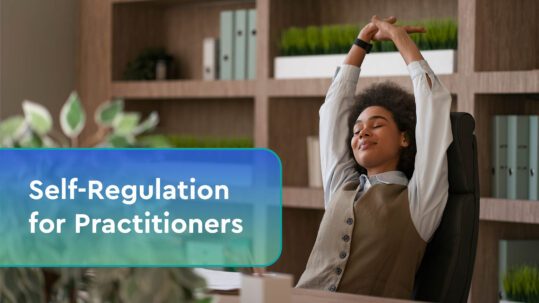What is childhood aphasia?
Aphasia is a language disorder that can affect people of any age. It can affect some or all of an individual’s language abilities, such as understanding verbal language, speaking, writing, and reading. There are different types of aphasia that may impact children. In this article, we’ll focus on why childhood aphasia occurs, the different types, and how it may be treated through cognitive therapy.
What causes childhood aphasia?
Aphasia typically occurs because of a brain injury, but there can be other causes. A stroke, tumor, inflammation, infection, or degenerative disease can also cause aphasia. Depending on the cause, aphasia can be mild or severe. Some kids may recover some or all of their language abilities, but aphasia can also be permanent.
What are the types of aphasia?
A few types of aphasia may affect kids, each with different effects on speech and understanding. The following are the main types.
Non-Fluent or Broca’s Aphasia
Children may understand most or some speech, but can only speak a few words at a time or take a long time to formulate speech. Generally, children with Broca’s aphasia speak less than other children. Words may feel difficult to pronounce and speaking requires a lot of effort. This type of aphasia occurs when a condition affects the Broca’s region of the brain. The Broca’s area is located in the left inferior frontal section of the brain.
Fluent or Wernicke’s Aphasia
Children with Wenicke’s aphasia may sound fluent most of the time. However, they may jumble words or speak in long, run-on sentences. They generally have trouble understanding speech, and reading and writing skills may be impaired. This type of aphasia occurs when a condition affects the Wernicke’s region of the brain. The Wernicke’s area is located in the left posterior area of the brain.

Global Aphasia
Global aphasia occurs when both speech and understanding are affected. Children with Global aphasia may not speak at all, and may be unable to understand speech. This type of aphasia occurs when a condition affects a large amount of the language-dominant area of the brain within the left hemisphere, impacting both the Wernicke’s and Broca’s areas. This type of aphasia typically occurs after a severe brain trauma.
How can childhood aphasia be treated?
Childhood aphasia is treated with the help of a speech-language pathologist. SLPs may work on speech and understanding through the use of worksheets, drawing, digital exercises, games, and many other activities. Treatment aims to help kids understand and communicate more easily. Depending on the cause of aphasia, children can often recover some or all of their speech and understanding abilities. However, aphasia can be a lifelong condition in some cases. There are assistive technologies that can help children with aphasia to communicate.
How can I help my child with aphasia?
Speech therapists can facilitate better communication between loved ones and a child with aphasia. Here are a few ways to help a child in your life who has aphasia:
- Include them in conversations
- Speak in short sentences and use simple words
- Use a natural conversational tone when speaking
- Utilize different types of communication. This can include drawing, writing, gesturing, or speech.
- Be patient when a child with aphasia is expressing themselves.
- Encourage the child to express themselves if they want to.
Conclusion
Aphasia can affect children just as it affects many adults. Working with an SLP who uses digital cognitive exercises may help children with aphasia to regain some of their language abilities. Exercises like You’ve Got Voicemail may help with deficits in auditory processing (Wernicke’s aphasia). Exercise like This Story Is Full of Blanks may help with deficits in speech (Broca’s aphasia). Learning about the type of aphasia a child is living with, seeking the proper treatment with an SLP, and following the best practices for communication are a few ways to help a child with aphasia live a happy life.









